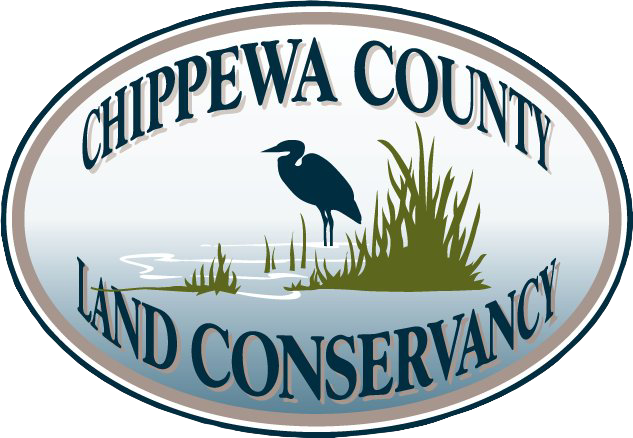Learn About Indigenous Land Use in the Chippewa Valley at Annual Meeting
What do we know about the indigenous people who inhabited what came to be known as Chippewa County? Perhaps we know that all of Chippewa County was covered under the 1837 treaty with the Ojibwe nation. Still, the history of Native American settlement in our area and how the land was used is less well understood.
Frank Smoot, museum developer at Chippewa Area History Museum, and Madeline O’Brien, a student in Public History and Global Studies at UW-Eau Claire, will help us understand the history of indigenous people in our area and how they used and managed the land. We’ll also learn about Anishinaabe botanical knowledge and their use of native plants.
The presentation is part of the Annual Meeting of the Chippewa County Land Conservancy and takes place at 6:30 p.m. Tuesday, May 10, at Chippewa Valley Technical College.
Ojibwe people were the last group to inhabit the area, having arrived most recently in 1745, but the Oneota people lived here before that, using land quite differently than the Ojibwe.
The presentation will review territorial control of the area that included Chippewa County, how land use changed, the vegetation types prevalent in earlier periods, and how the land was used. We’ll also hear how treaties retained certain land-use rights for the Ojibwe and how traditional uses of native plants sustained them.
Frank Smoot is an engaging speaker with extensive knowledge of local history. He has worked at Chippewa Valley Museum, directed the Rassbach Heritage Museum in Menomonie and the Coos History Museum in Coos Bay, Oregon, and wrote a popular local history column in Volume One for many years.
Madeline O’Brien has worked in local history museums in Dakota County, Minnesota, where she became acquainted with indigenous botanical knowledge.
In addition to the program, members will elect directors, review the year’s highlights, and view the group’s financial status.
The Chippewa Valley Technical College is at 770 Scheidler Rd, Chippewa Falls. The meeting is in conference room 112; park on the south side and enter Door 2. Refreshments will be available.
For more information about the event and how you can get involved, download our 2022 newsletter here.
